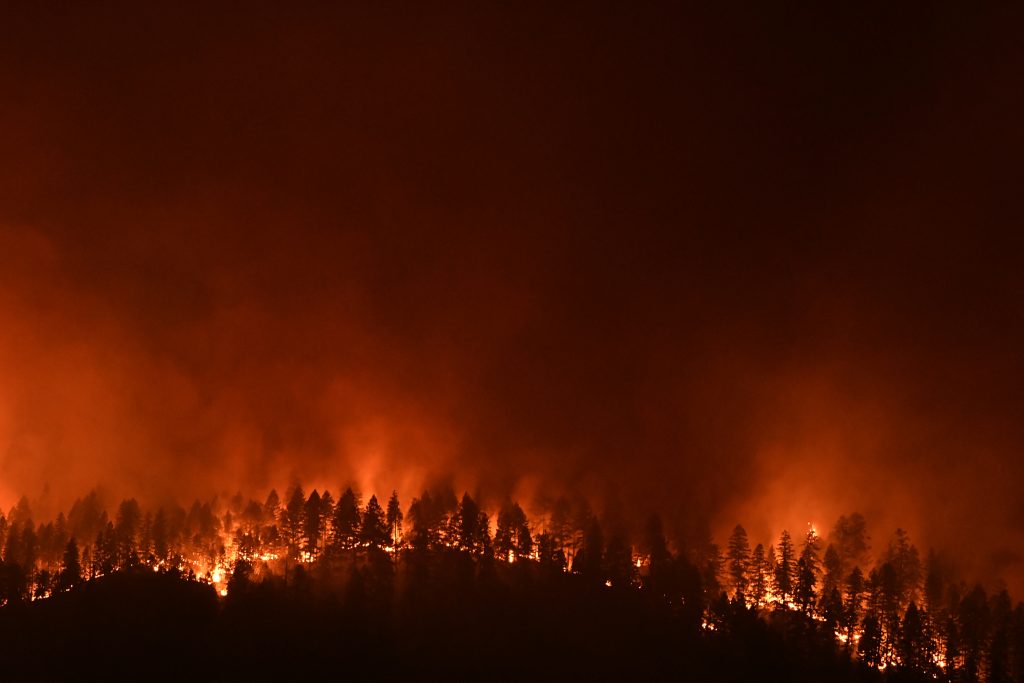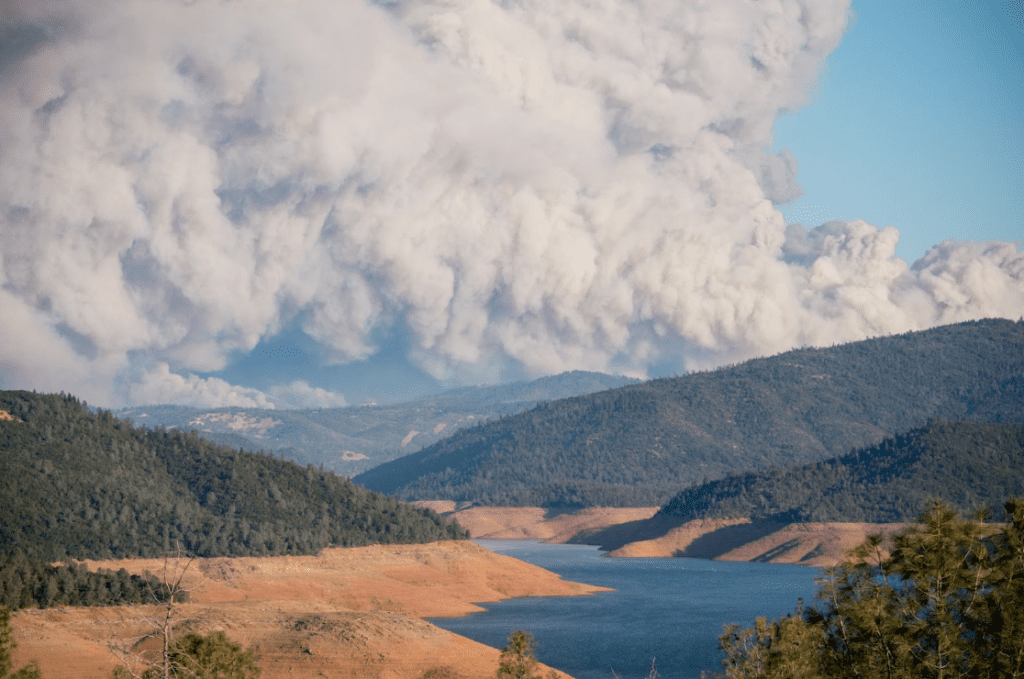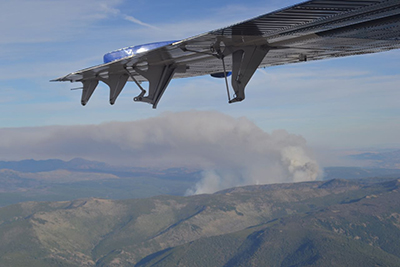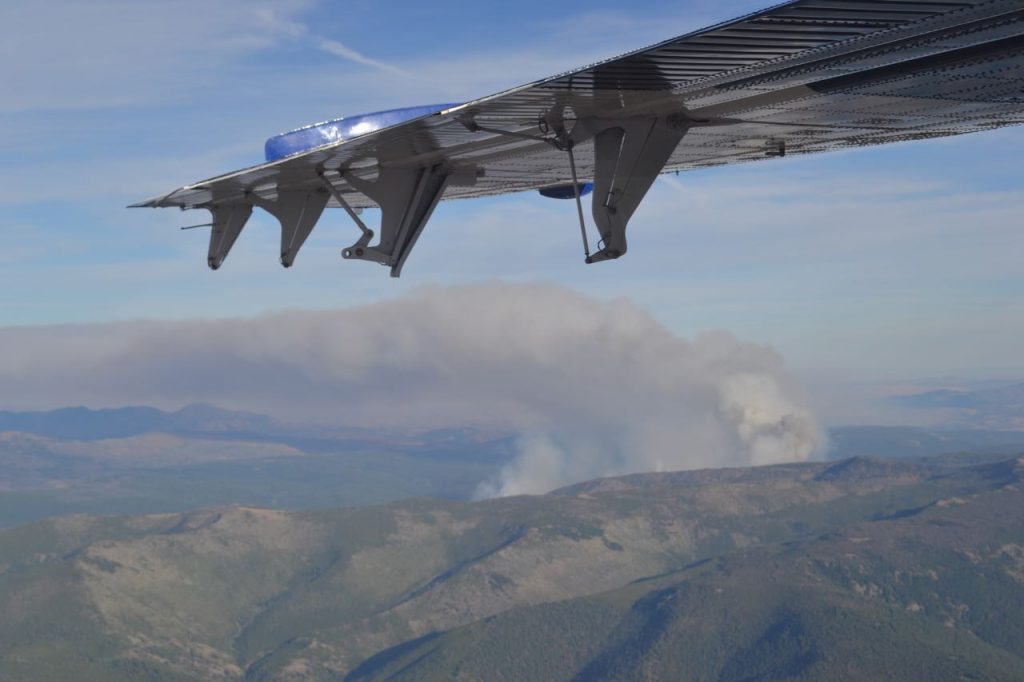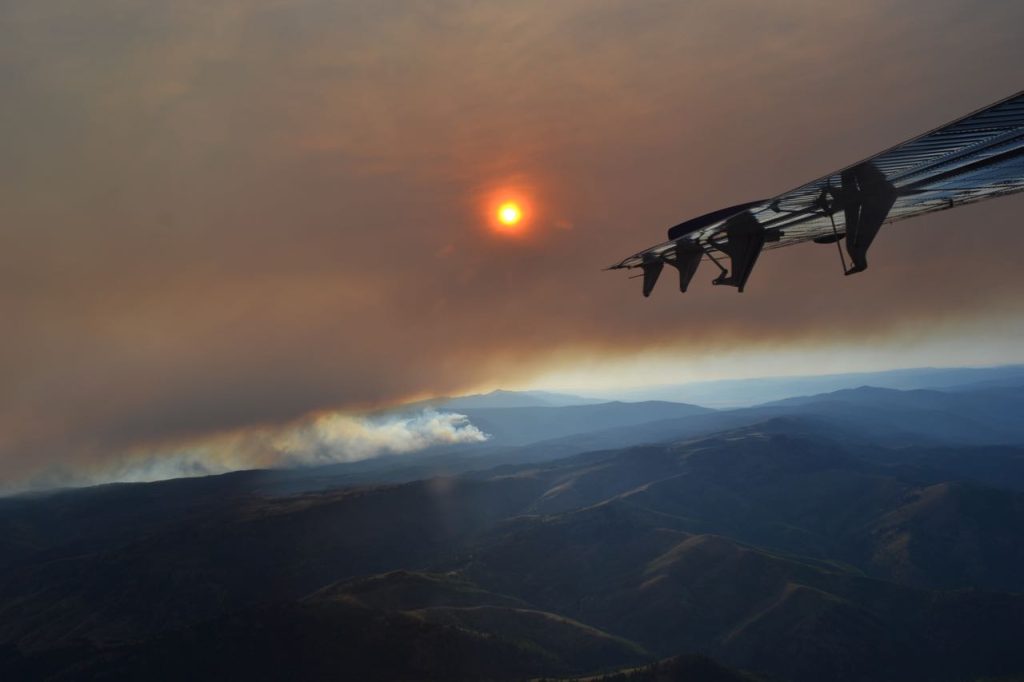Understanding Wildfire Emissions From Flaming to Smoldering Using Satellite Data
AC4-funded research finds that data from the Tropospheric Monitoring Instrument (TROPOMI) illuminates key changes in wildfire emissions and impacts that occur while a fire evolves from intense flames to smoldering conditions, emphasizing the value of space-based observations to inform forecasts and models.
Understanding Wildfire Emissions From Flaming to Smoldering Using Satellite Data Read More »


